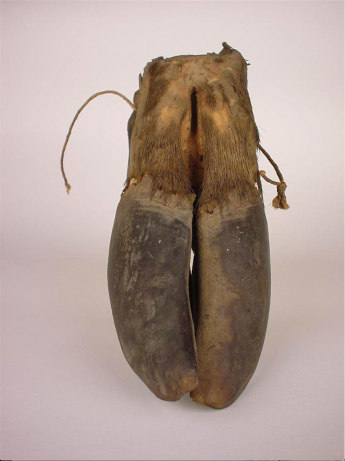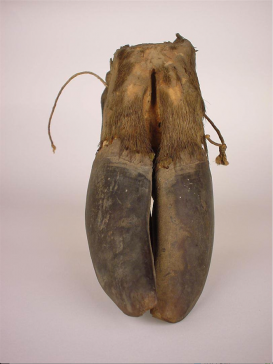This project examines the path of the uña de la gran bestia or great beast’s nail, a remedy that appeared in the therapeutics on both sides of the Atlantic. The Gran Bestia is mentioned in the natural histories, books of remedies and medical handbooks that proliferated in the Old World and European settlements from the seventeenth century onwards. It is a good case to investigate, first, how the transfer of the name Gran Bestia involved the associated transfer of medical properties, and, second, how the commerce in animal parts, skins, and other animal products contributed to associating, long before Linnaeus, different animals from different cultural worlds. Far from human universals, the history of the great beast seems to refer to common meanings created by commerce.
The transfer of animal names from one linguistic or cultural tradition to another followed the circuits of trade. Examples of this abound in the realm of animal-mineral medicinal substances. Unlike the classification system of contemporary scientific disciplines, in the world of commerce and trade, a product was defined by its use and value of exchange not its composition, which may have varied locally even when the name was the same. The project aims at displaying how the commercialization of a remedy against epilepsy, the burnt or pounded hoof of a series of animals –which include the ass, the elk, the tapir, and the antelope- contributed to the creation of an animal that in the pharmacological world of the seventeenth century was known as the “Great Beast”.

Ungula Alcis, Alces alces L. Photo: Oswald Peer, Pharmaziemuseum Brixen.

